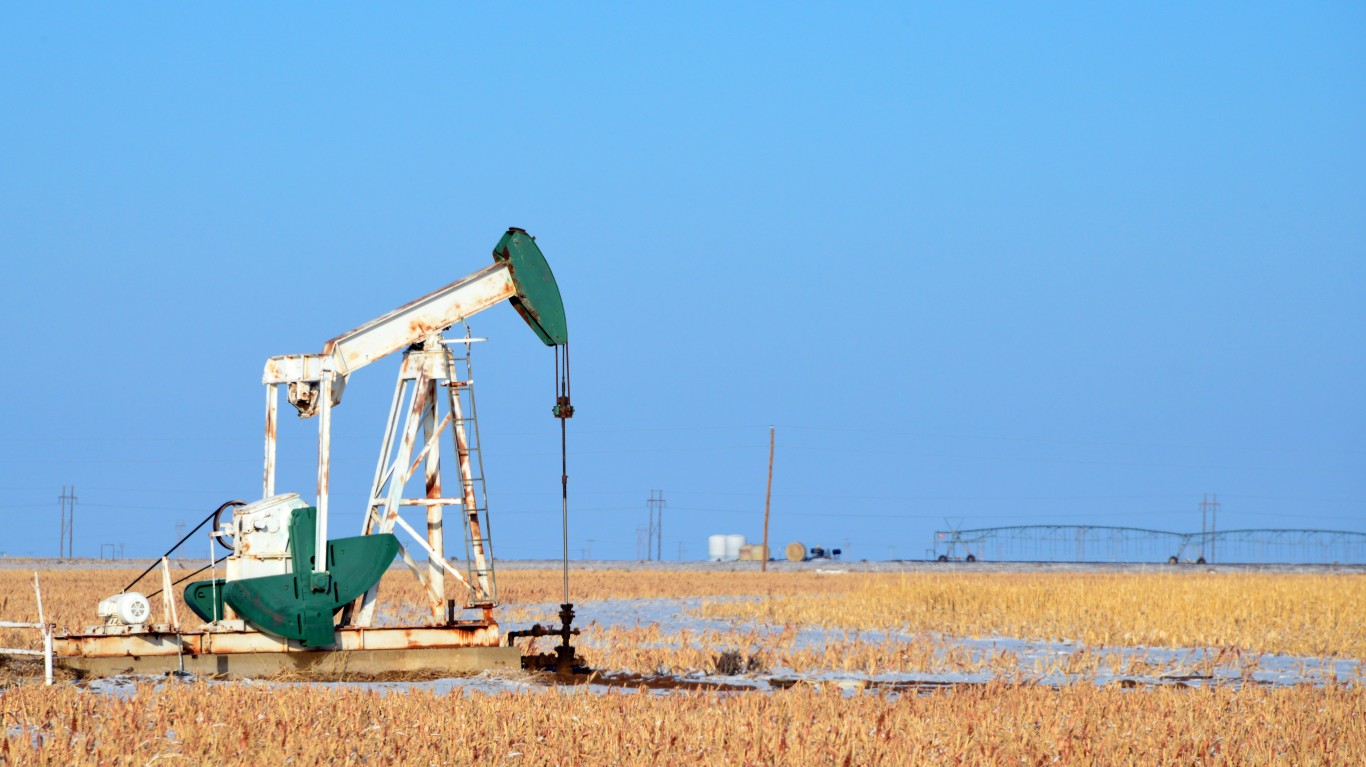
The crude oil market has been turned on its head over the past four months. On Dec. 1, oil traded for just over $65 a barrel. It surged to over $120 a barrel by early March, primarily due to worries about global supply as Russia invaded Ukraine in February. The price has remained above $100 a barrel most days since then.
As sanctions have cut the amount of oil Russia exports, nations, particularly those in Europe that rely on Russia to meet more than half of their crude demand, have rapidly moved to find other sources. Unfortunately for them, OPEC will not increase production, and very few other nations have the capacity to handle even a portion of Europe’s and the U.K.’s demand. (Here are the countries most dependent on Russian oil.)
The U.S. and its allies have released crude from their strategic reserves. The Biden Administration announced it would release 1 million barrels a day for six months. While this seems like a large number, it remains a fraction of global oil production. (These are the 15 countries that control the world’s oil.)
Temporarily, some pressure has been taken off oil prices because the economy of China, the world’s largest oil importer, has been slowed. The country locked down the region around its largest city, Shanghai, due to a spread of COVID-19 infections.
Countries with a great deal of crude are not always the largest exporters. A nation’s proven reserves, which represents the oil in the ground that could be reasonably expected to be extracted at a profit, is sometimes held by countries that do not have the capacity to drill, produce, or transport oil. A case in point is Venezuela. It has the world’s largest proven reserves, but under dictator Nicolás Maduro Moros, the country’s oil production infrastructure has crumbled. Its capacity to produce crude has also been undermined by sanctions.
A number of nations have no proven reserves at all. No matter how advanced they are technologically, there is no oil to drill. This means that 100% of their oil needs has to be imported. With oil above $100 a barrel, this is not an enviable position.
To determine the countries with no oil, 24/7 Wall St. reviewed data on proven oil reserves as of 2021 from business and economic data clearinghouse TheGlobalEconomy.com. Data from TheGlobalEconomy.com was originally sourced from the U.S. Energy Information Administration. Only countries with gross domestic product greater than $60 billion were included in the list.
2020 GDP, GDP per capita and population figures came from the World Bank. (GDP is expressed in current international dollars using the purchasing power parity method.)
There is no pattern to where these countries are, or whether they are rich or poor financially or large or small geographically. Luxembourg has the world’s highest GDP per capita but no crude reserves. Lebanon, one of the poorest nations, is in the same position. Hong Kong is one of the smallest countries in the world geographically, while Kenya is among the largest. Neither has any proven reserves.
Click here to see these are the countries that don’t have any oil

25. Zambia
> Oil reserves: 0.0 barrels
> GDP: $63.6 billion
> GDP per capita: $3,458
> Population: 18.4 million
[in-text-ad]
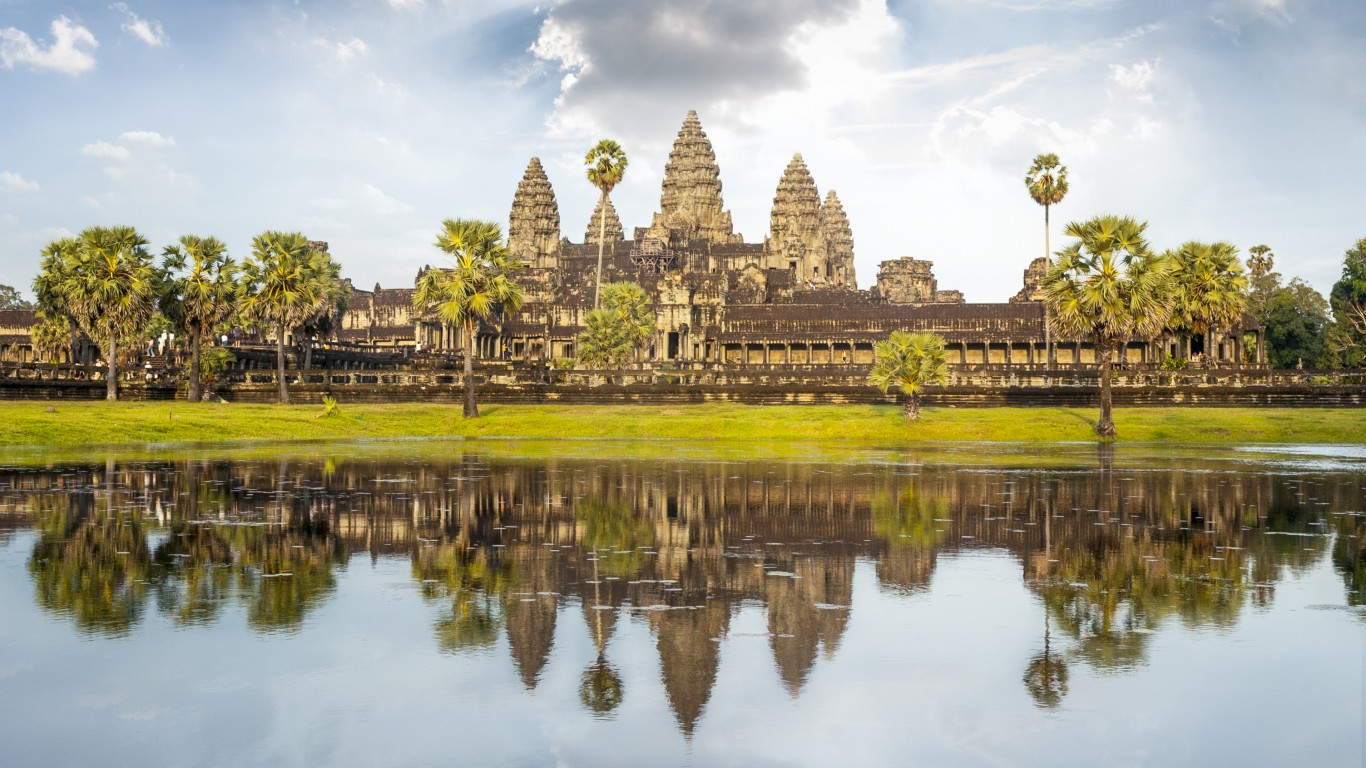
24. Cambodia
> Oil reserves: 0.0 barrels
> GDP: $73.9 billion
> GDP per capita: $4,421
> Population: 16.7 million
23. Luxembourg
> Oil reserves: 0.0 barrels
> GDP: $74.3 billion
> GDP per capita: $117,500
> Population: 632,275

22. Uruguay
> Oil reserves: 0.0 barrels
> GDP: $79.2 billion
> GDP per capita: $22,794
> Population: 3.5 million
[in-text-ad-2]
21. Afghanistan
> Oil reserves: 0.0 barrels
> GDP: $80.9 billion
> GDP per capita: $2,079
> Population: 38.9 million
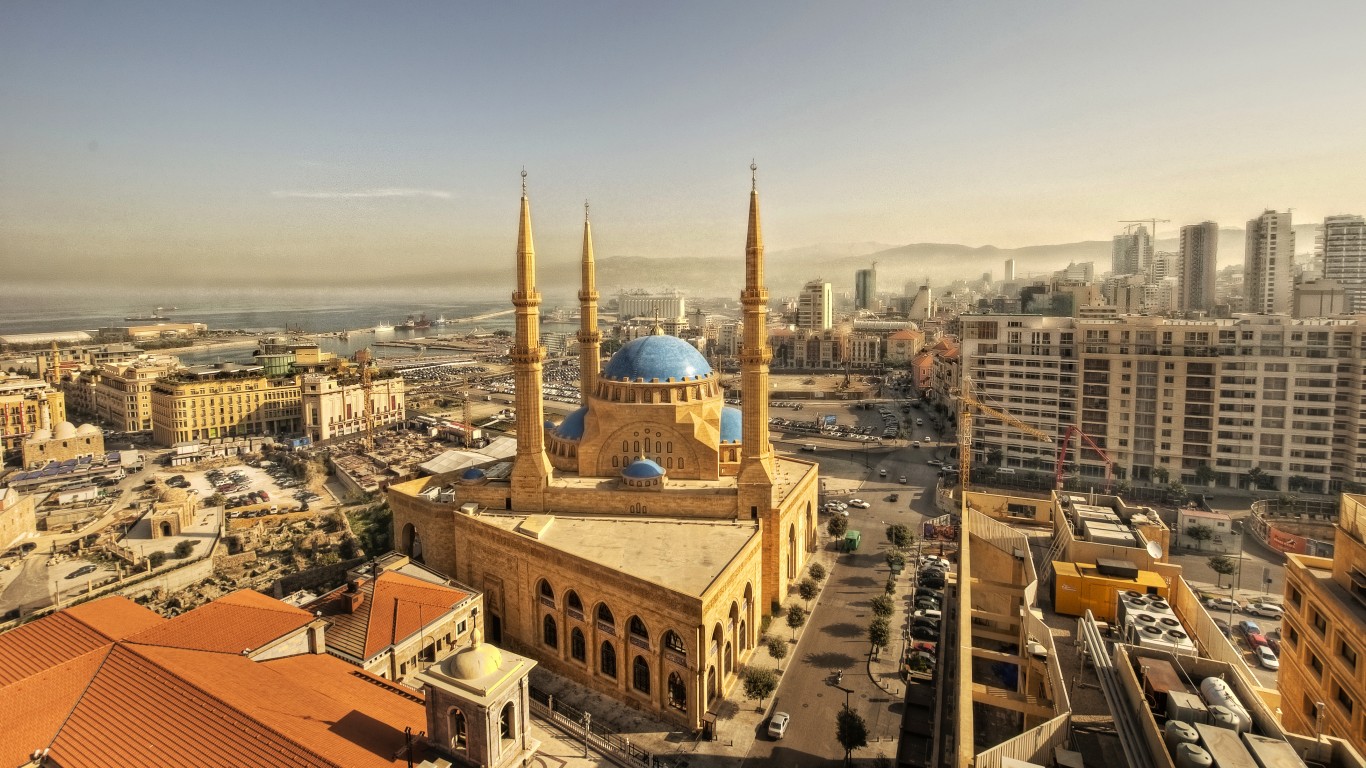
20. Lebanon
> Oil reserves: 0.0 barrels
> GDP: $82.7 billion
> GDP per capita: $12,119
> Population: 6.8 million
[in-text-ad]
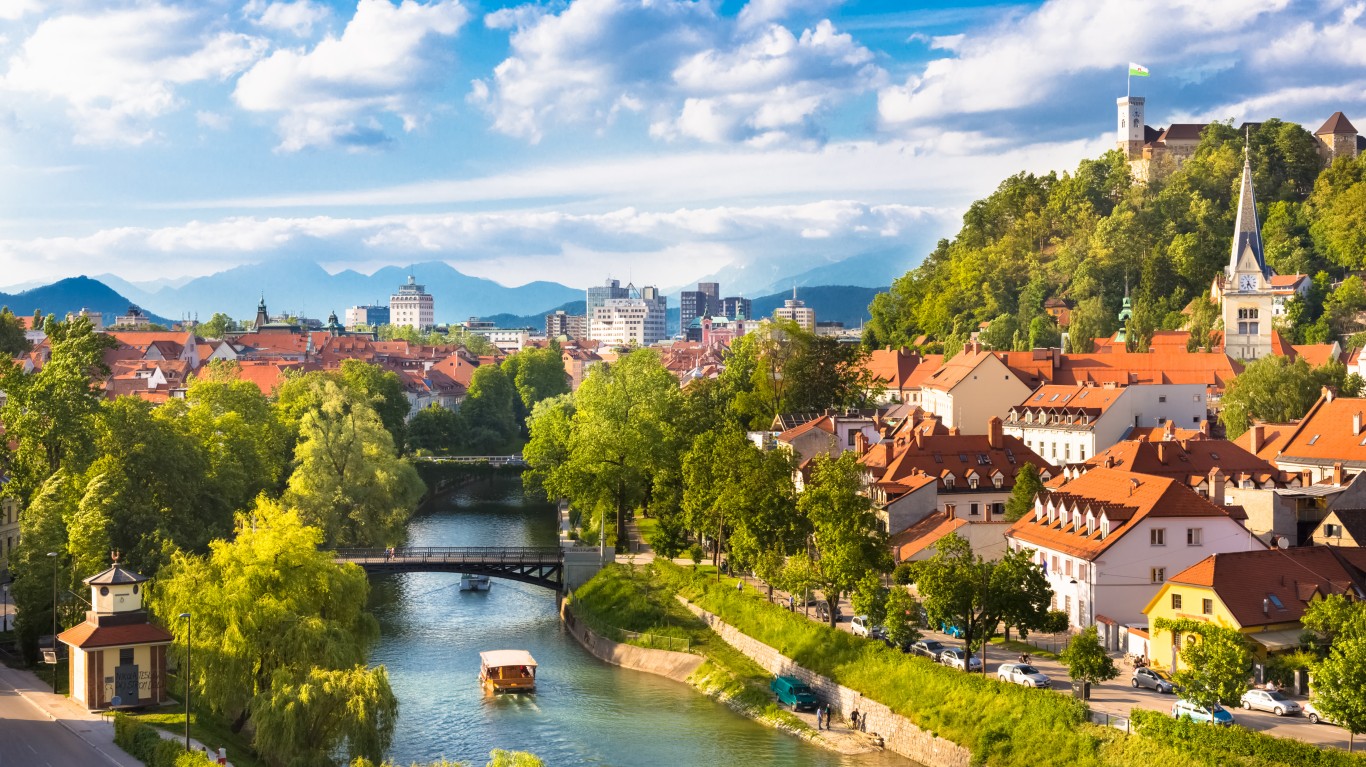
19. Slovenia
> Oil reserves: 0.0 barrels
> GDP: $83.5 billion
> GDP per capita: $39,769
> Population: 2.1 million

18. Paraguay
> Oil reserves: 0.0 barrels
> GDP: $93.2 billion
> GDP per capita: $13,069
> Population: 7.1 million
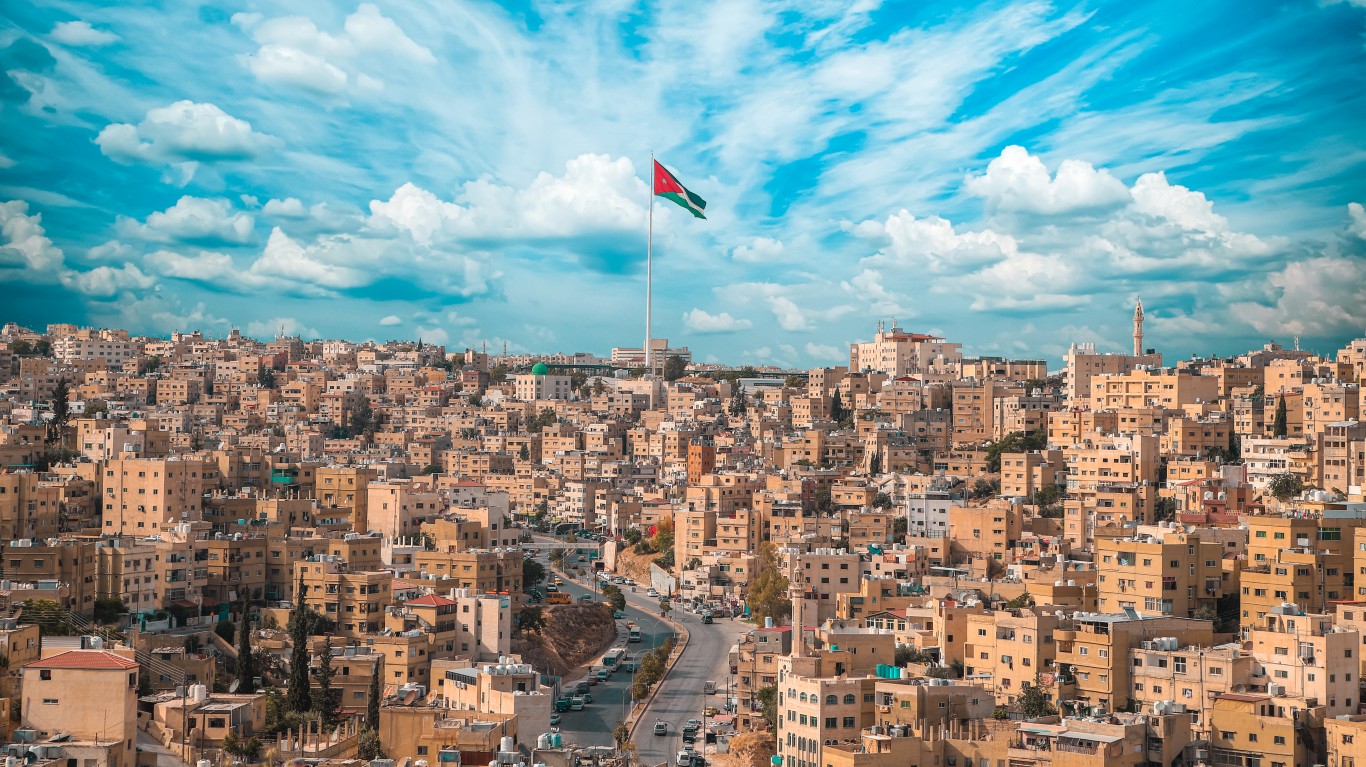
17. Jordan
> Oil reserves: 0.0 barrels
> GDP: $105.7 billion
> GDP per capita: $10,355
> Population: 10.2 million
[in-text-ad-2]

16. Panama
> Oil reserves: 0.0 barrels
> GDP: $115.6 billion
> GDP per capita: $26,782
> Population: 4.3 million

15. Nepal
> Oil reserves: 0.0 barrels
> GDP: $116.8 billion
> GDP per capita: $4,009
> Population: 29.1 million
[in-text-ad]
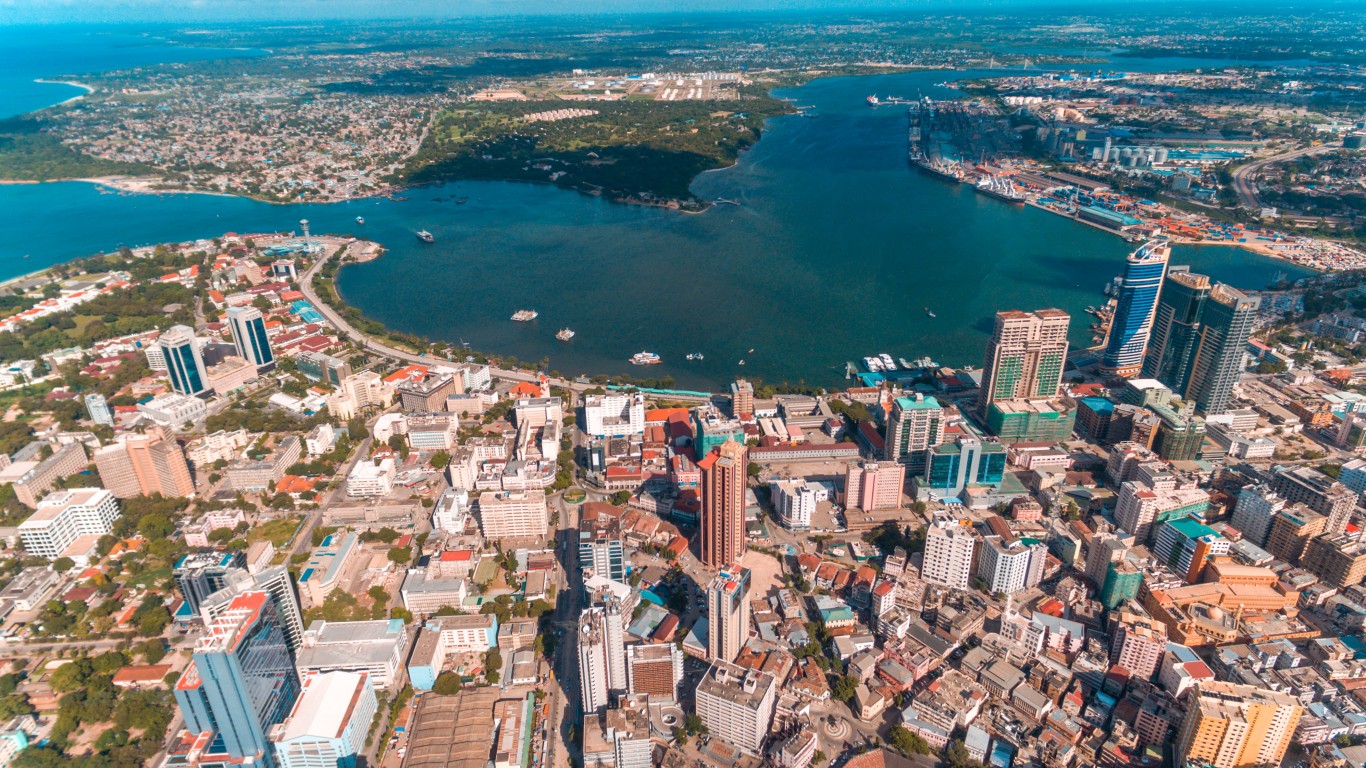
14. Tanzania
> Oil reserves: 0.0 barrels
> GDP: $161.2 billion
> GDP per capita: $2,780
> Population: 59.7 million
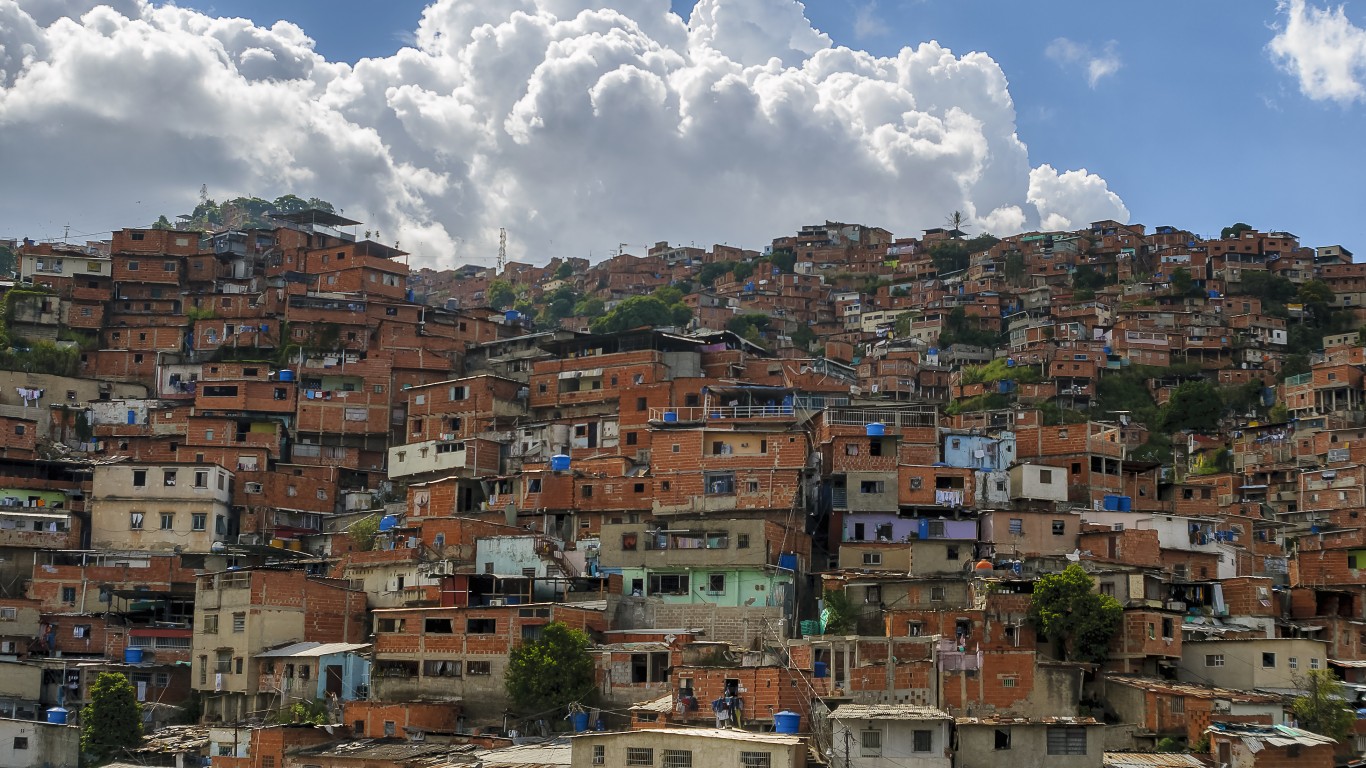
13. Dominican Republic
> Oil reserves: 0.0 barrels
> GDP: $194.6 billion
> GDP per capita: $17,936
> Population: 10.8 million
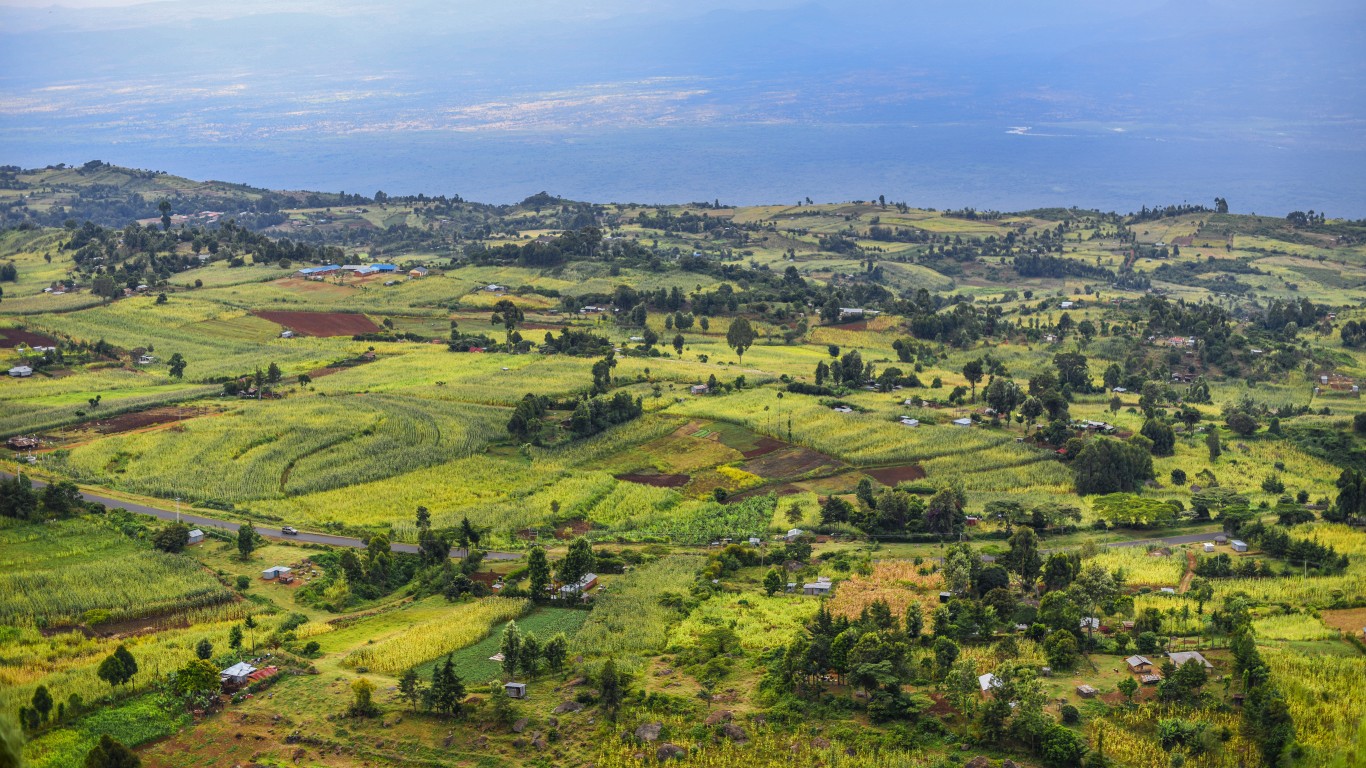
12. Kenya
> Oil reserves: 0.0 barrels
> GDP: $246.2 billion
> GDP per capita: $4,578
> Population: 53.8 million
[in-text-ad-2]
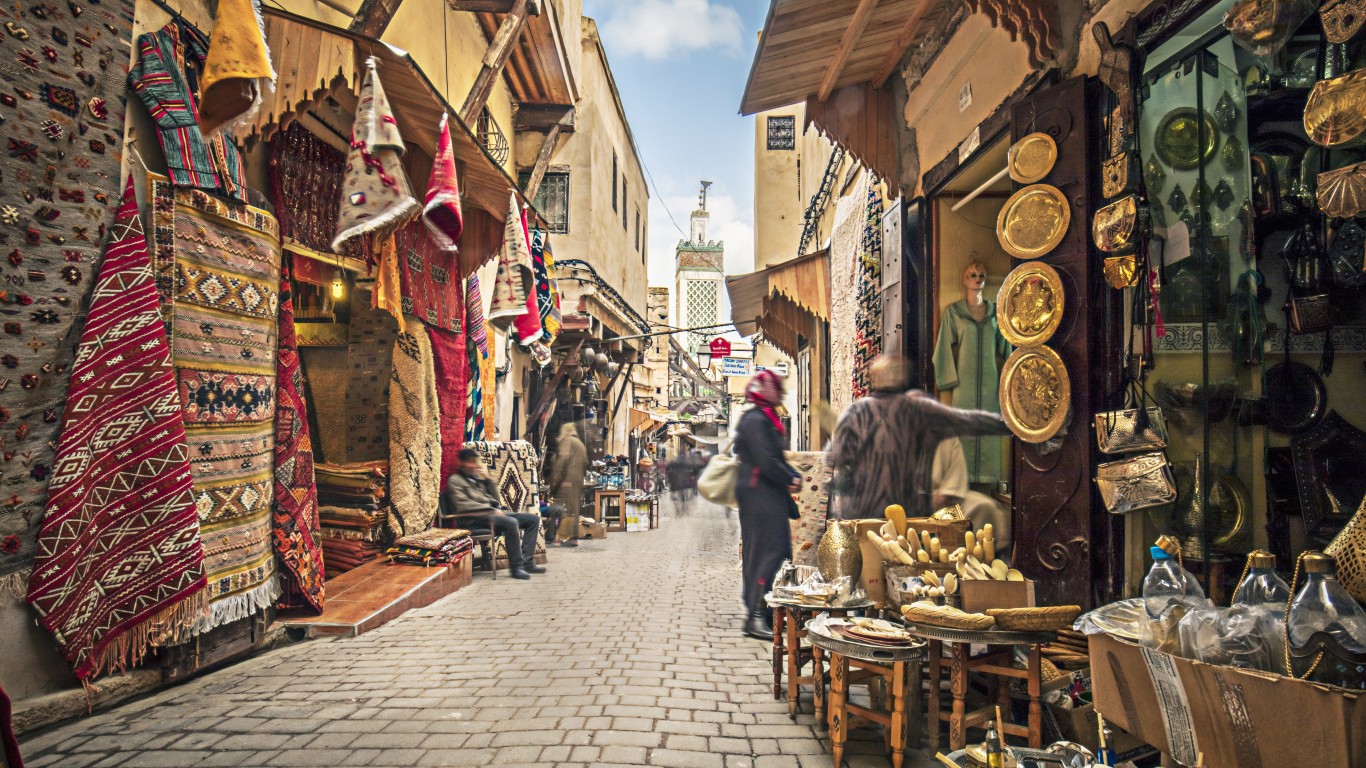
11. Morocco
> Oil reserves: 0.0 barrels
> GDP: $276.4 billion
> GDP per capita: $7,369
> Population: 36.9 million
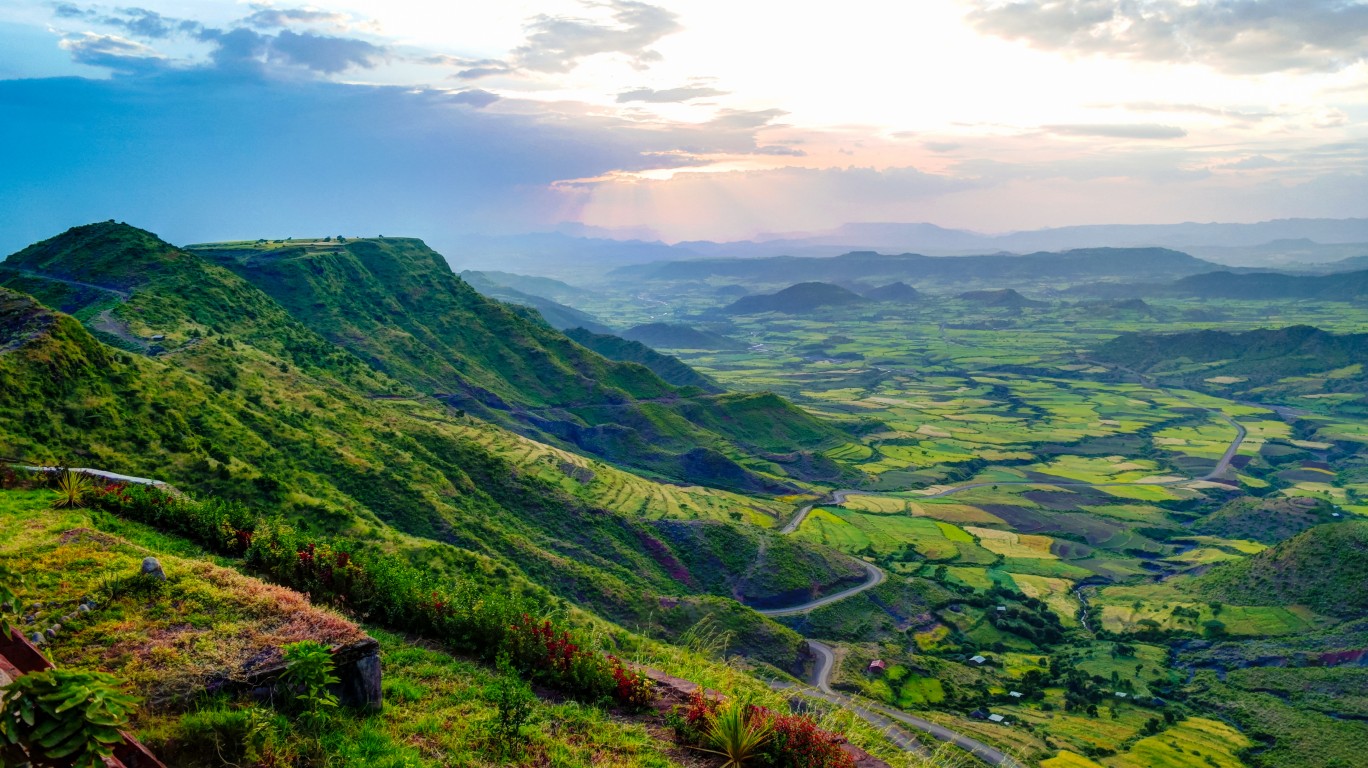
10. Ethiopia
> Oil reserves: 0.0 barrels
> GDP: $278.5 billion
> GDP per capita: $2,423
> Population: 115.0 million
[in-text-ad]
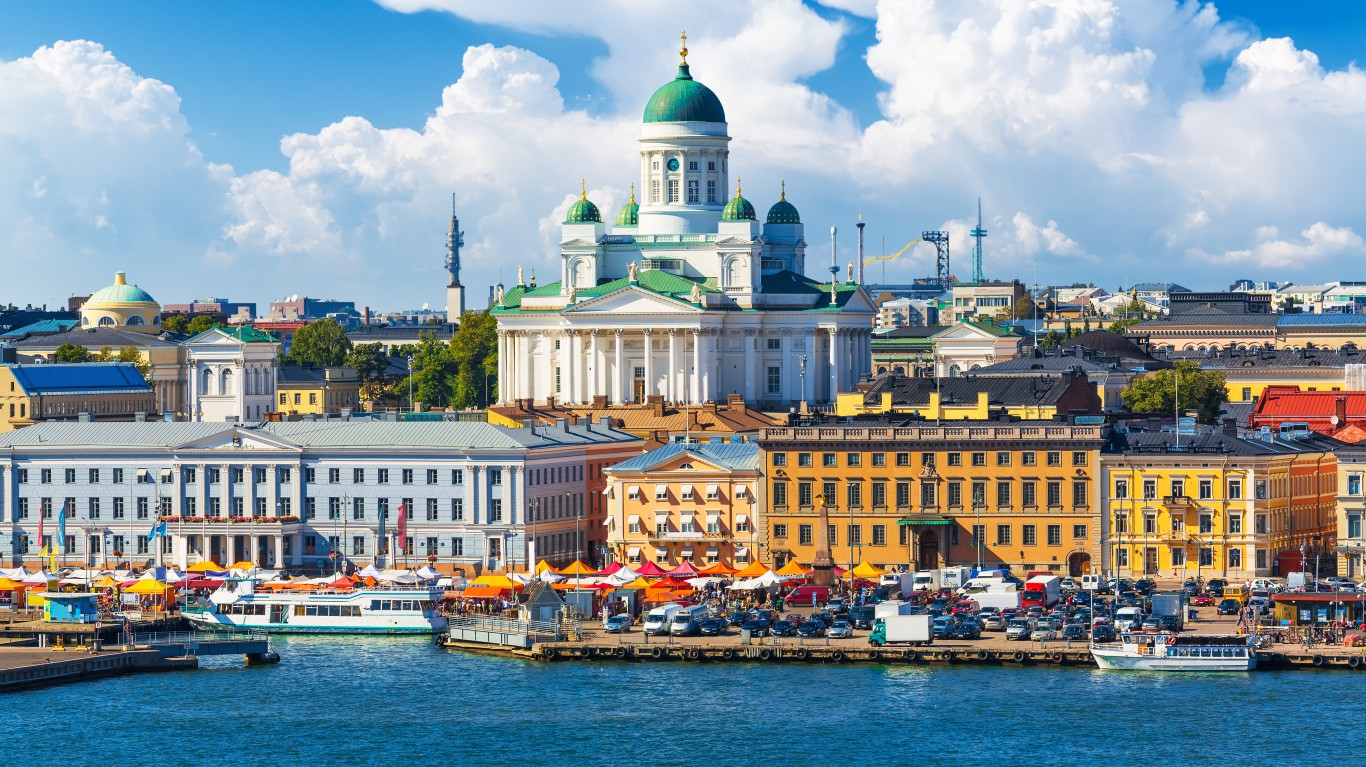
9. Finland
> Oil reserves: 0.0 barrels
> GDP: $279.3 billion
> GDP per capita: $50,506
> Population: 5.5 million
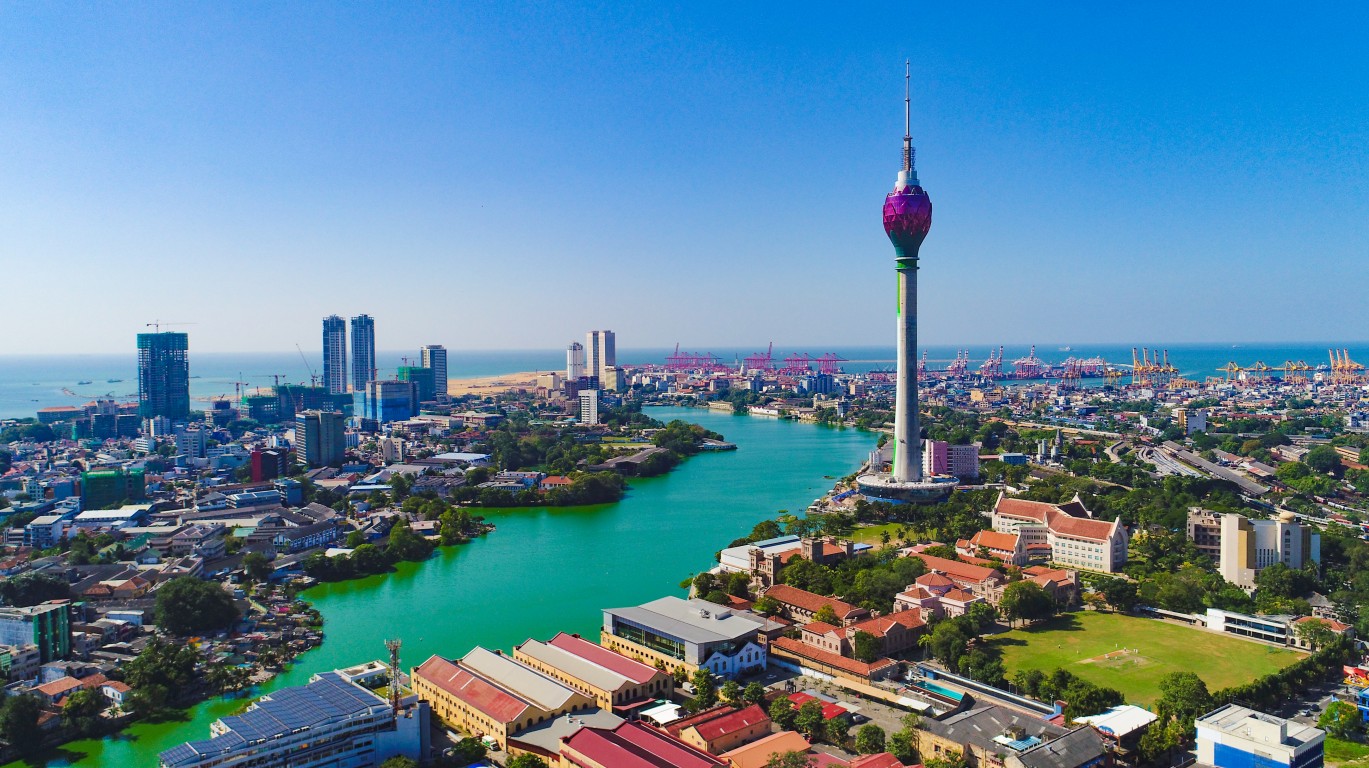
8. Sri Lanka
> Oil reserves: 0.0 barrels
> GDP: $289.9 billion
> GDP per capita: $13,225
> Population: 21.9 million
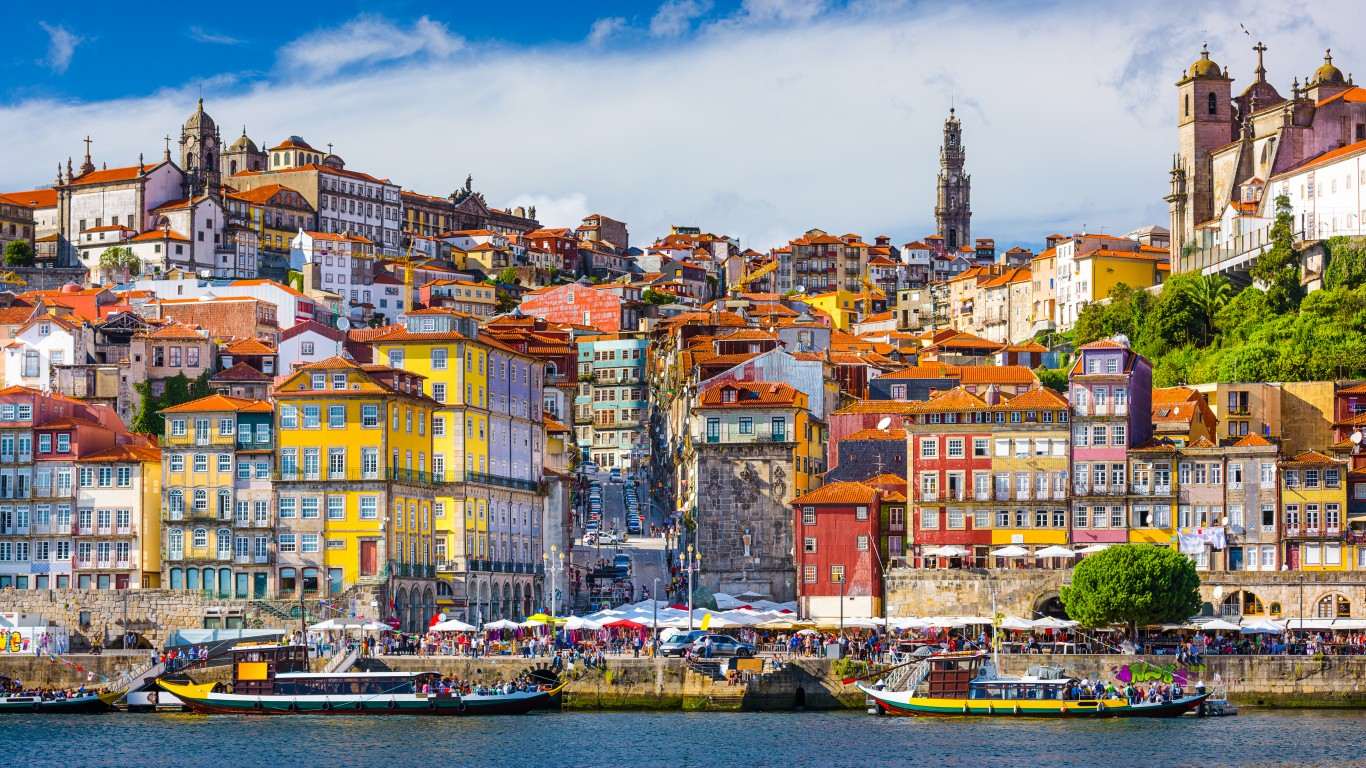
7. Portugal
> Oil reserves: 0.0 barrels
> GDP: $351.9 billion
> GDP per capita: $34,149
> Population: 10.3 million
[in-text-ad-2]

6. Hong Kong
> Oil reserves: 0.0 barrels
> GDP: $443.2 billion
> GDP per capita: $59,234
> Population: 7.5 million

5. Ireland
> Oil reserves: 0.0 barrels
> GDP: $465.4 billion
> GDP per capita: $93,181
> Population: 5.0 million
[in-text-ad]

4. Singapore
> Oil reserves: 0.0 barrels
> GDP: $560.2 billion
> GDP per capita: $98,520
> Population: 5.7 million
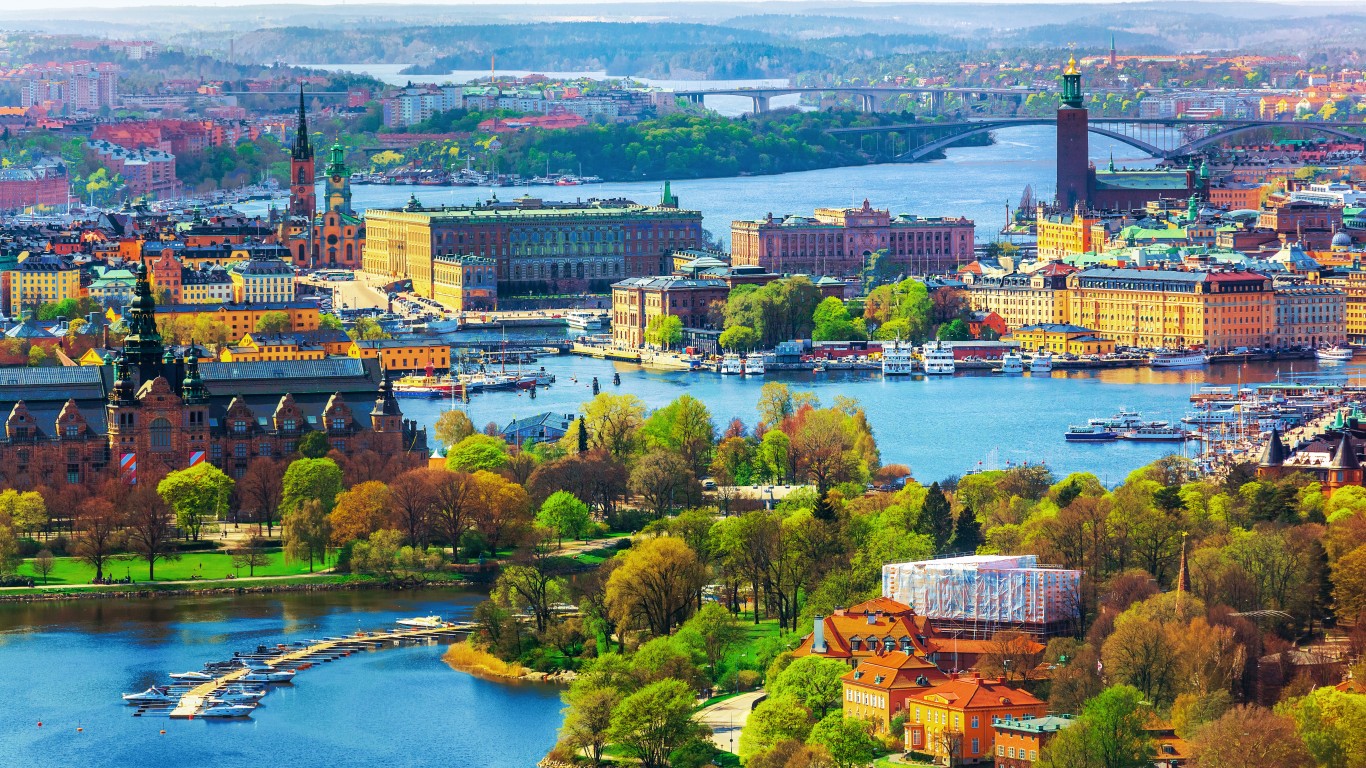
3. Sweden
> Oil reserves: 0.0 barrels
> GDP: $569.8 billion
> GDP per capita: $55,038
> Population: 10.4 million

2. Belgium
> Oil reserves: 0.0 barrels
> GDP: $612.9 billion
> GDP per capita: $53,035
> Population: 11.6 million
[in-text-ad-2]

1. Switzerland
> Oil reserves: 0.0 barrels
> GDP: $619.6 billion
> GDP per capita: $71,743
> Population: 8.6 million
Are You Ahead, or Behind on Retirement?
If you’re one of the over 4 Million Americans set to retire this year, you may want to pay attention. Many people have worked their whole lives preparing to retire without ever knowing the answer to the most important question: am I ahead, or behind on my goals?
Don’t make the same mistake. It’s an easy question to answer. A quick conversation with a financial advisor can help you unpack your savings, spending, and goals for your money. With Zoe Financial’s free matching tool, you can connect with trusted financial advisors in minutes.
Why wait? Click here to get started today!
Thank you for reading! Have some feedback for us?
Contact the 24/7 Wall St. editorial team.
 24/7 Wall St.
24/7 Wall St.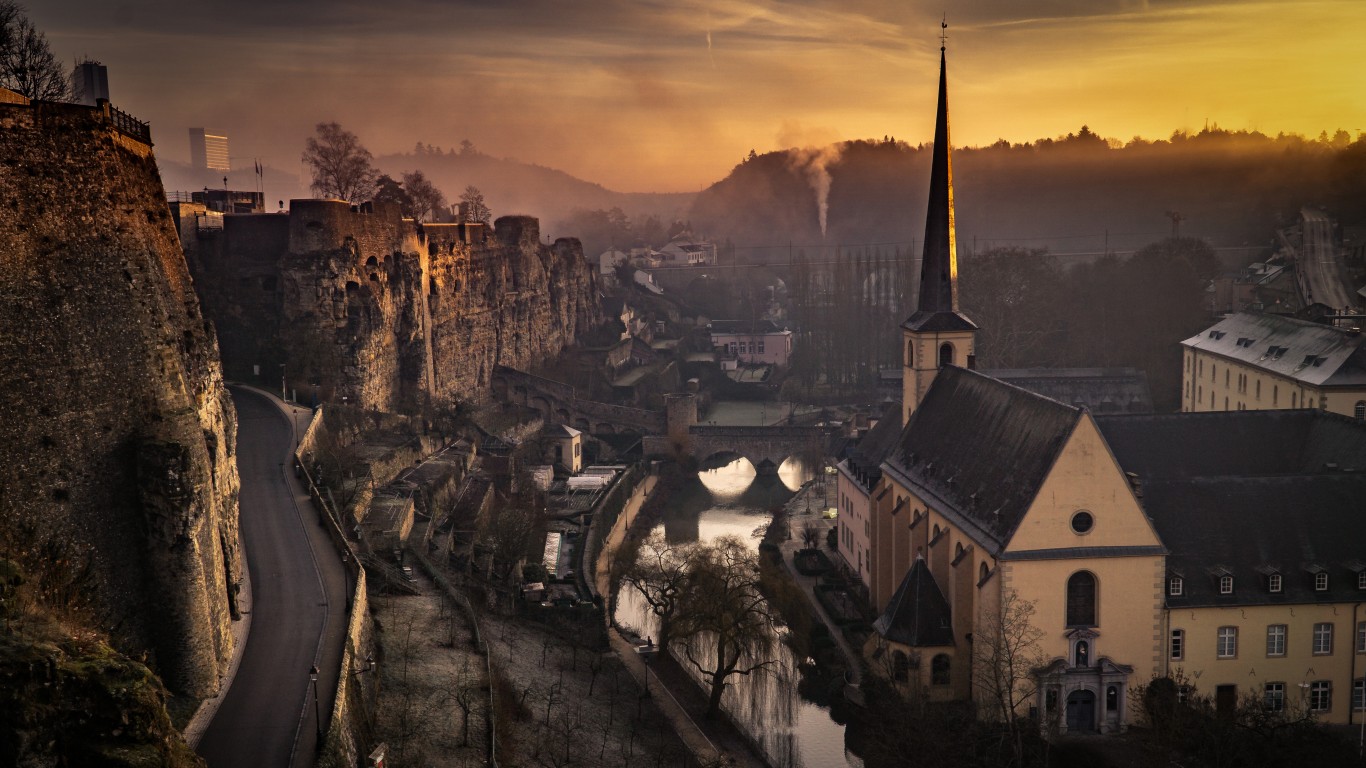
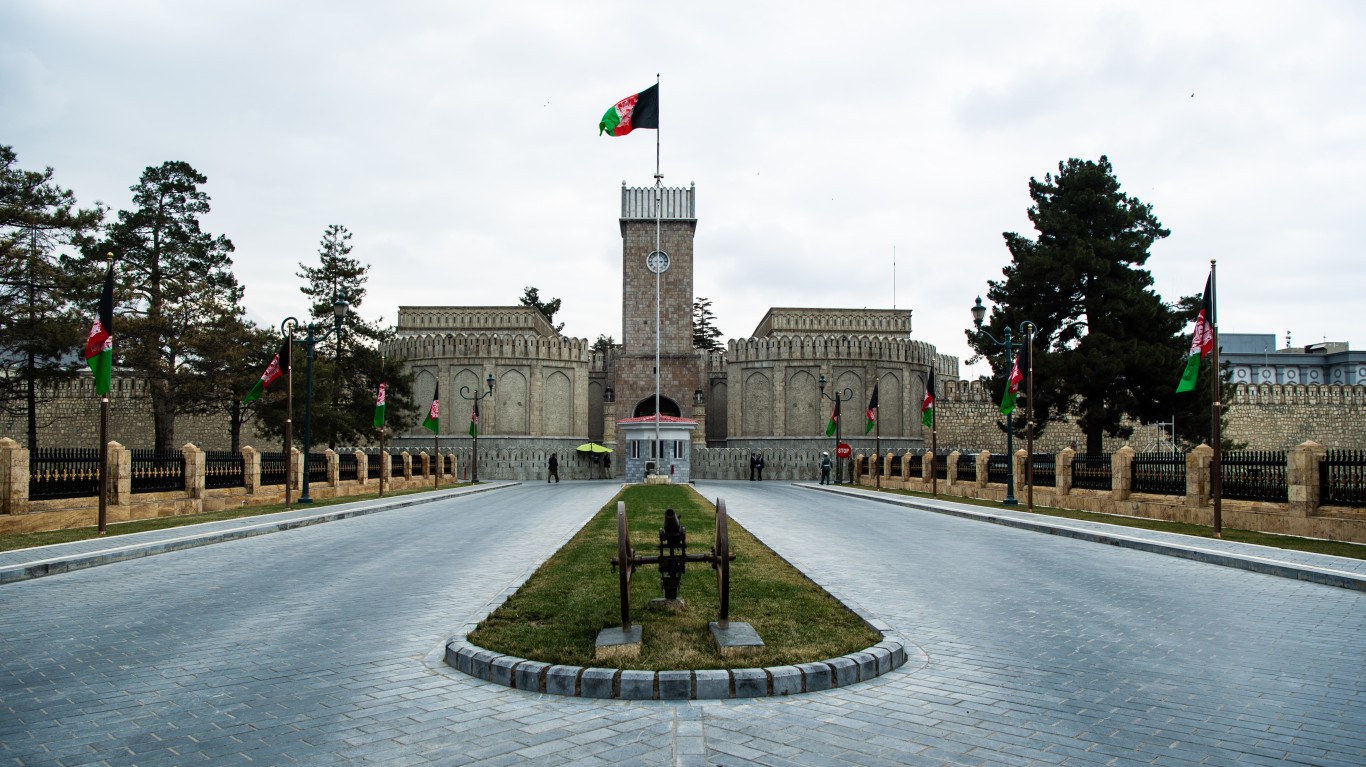
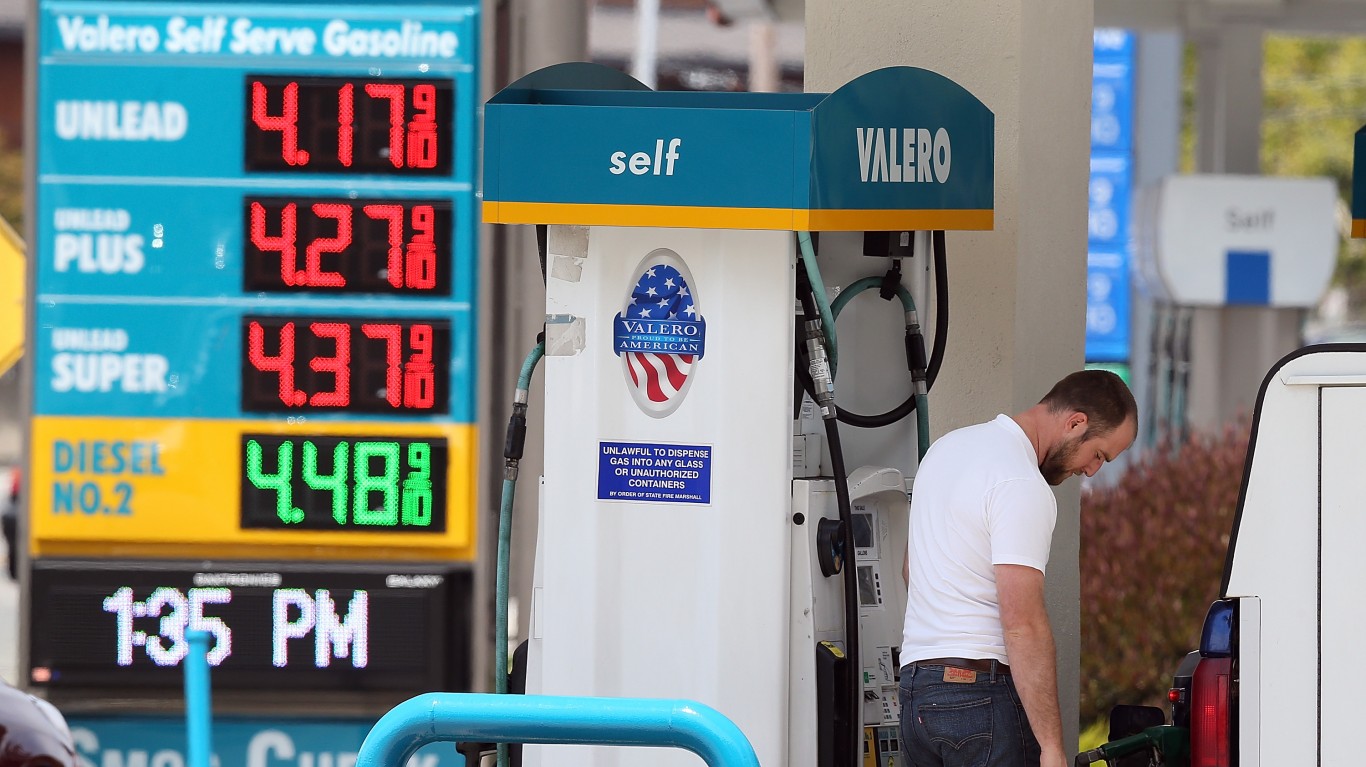 24/7 Wall St.
24/7 Wall St.
